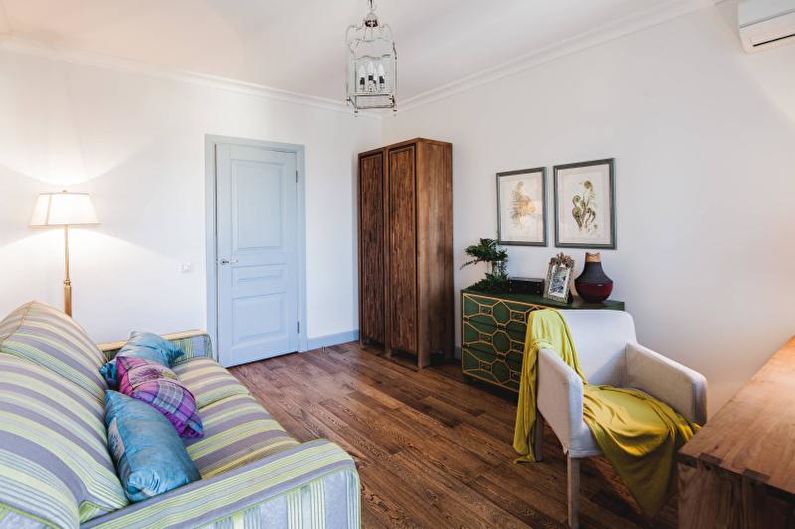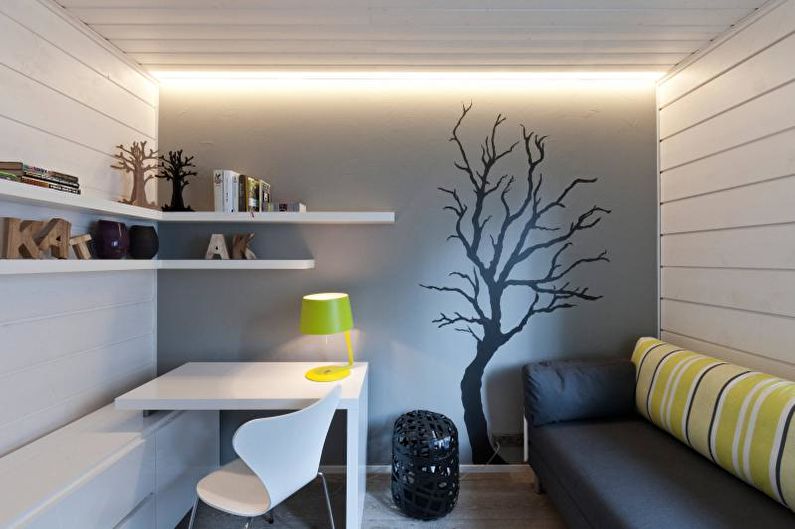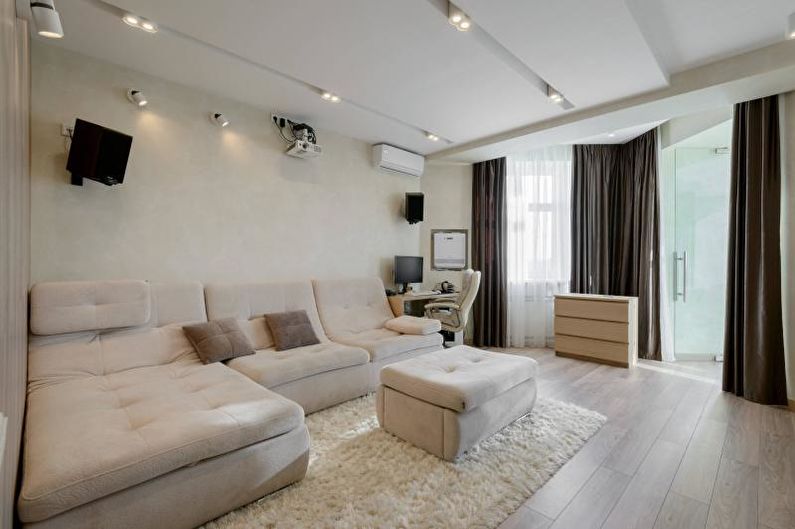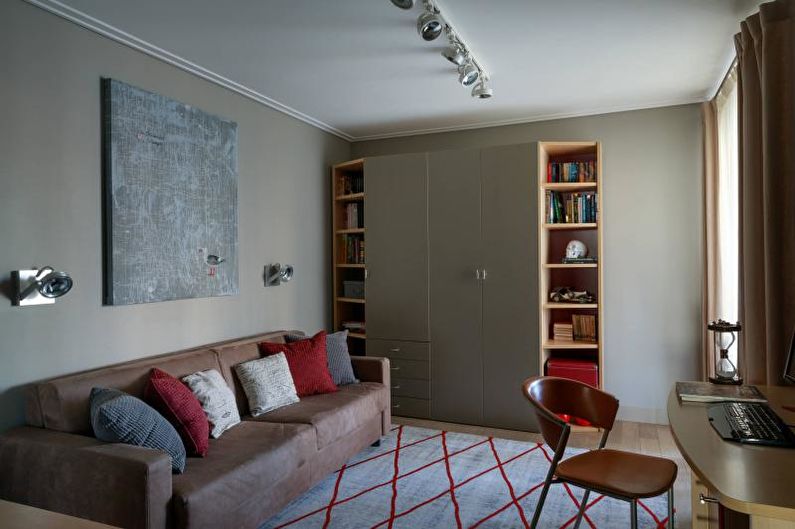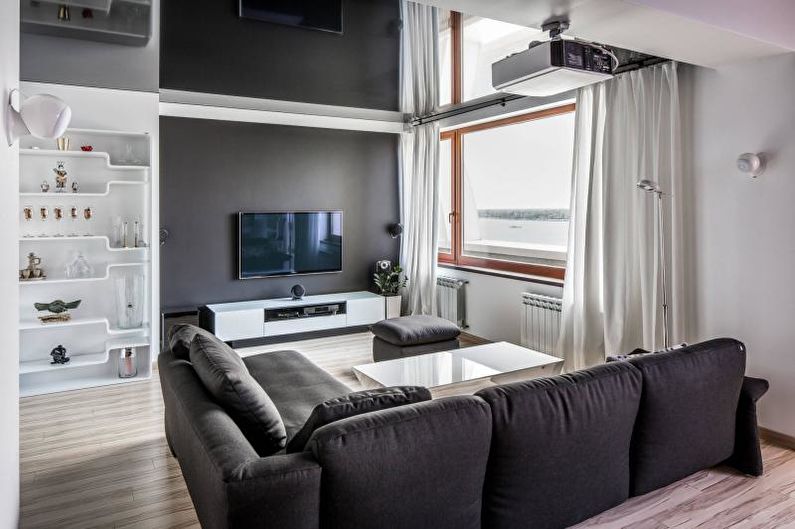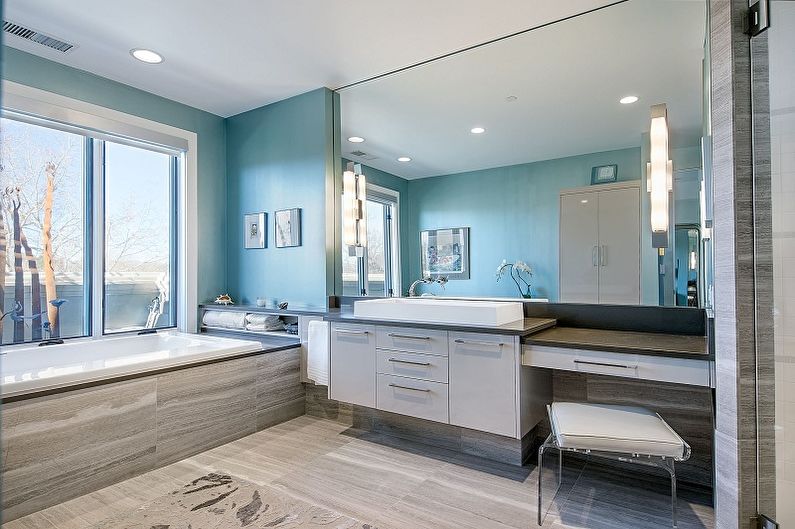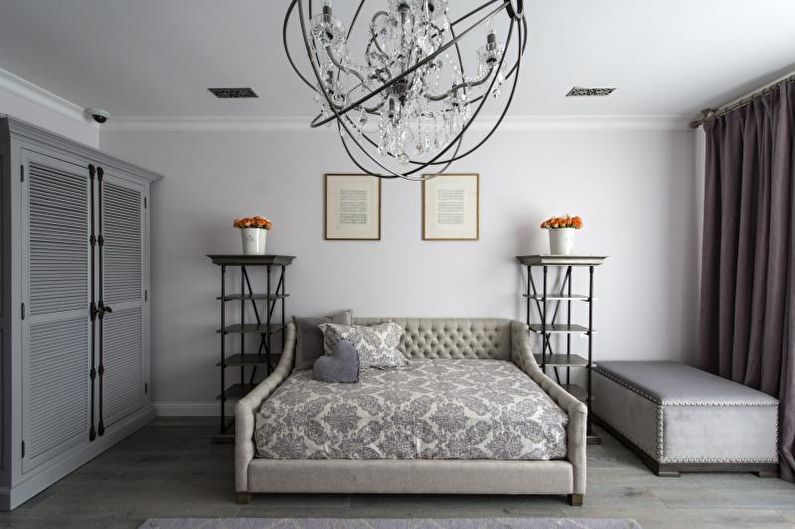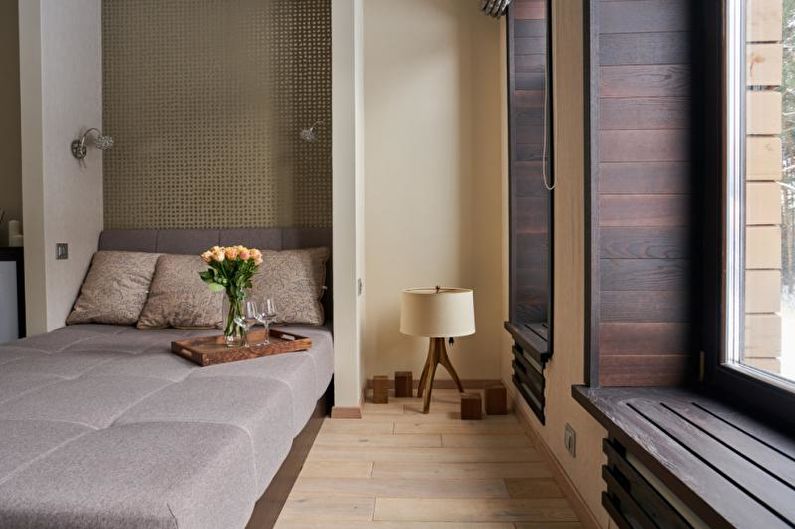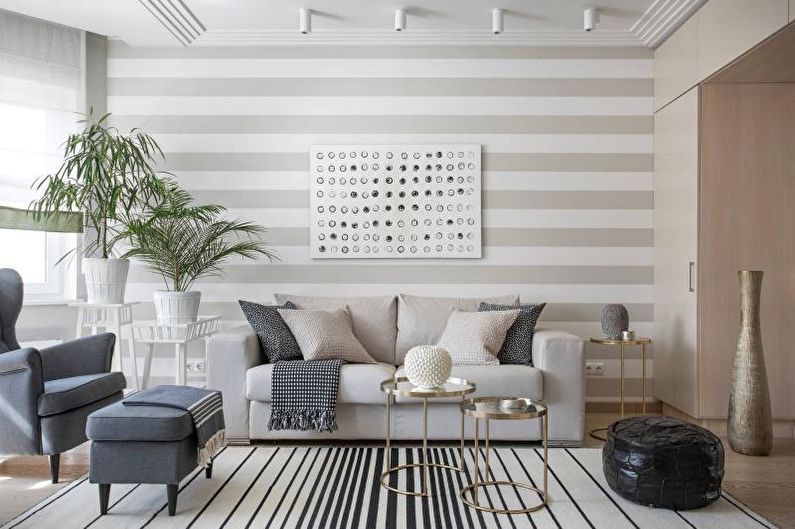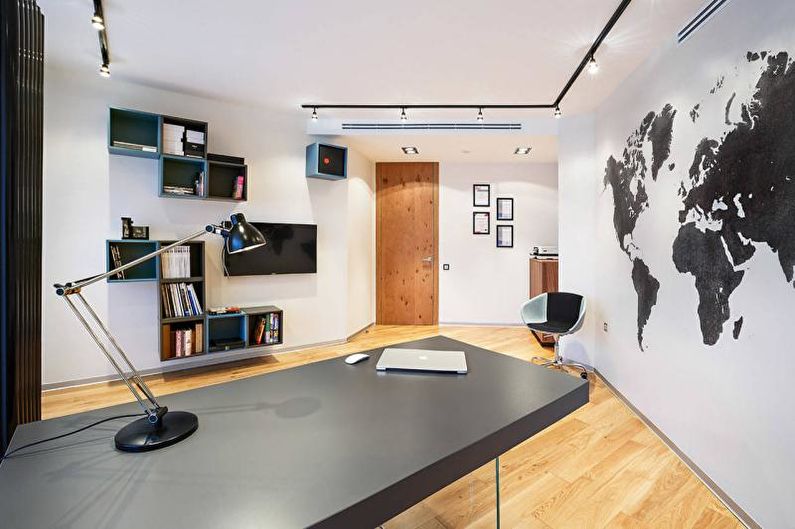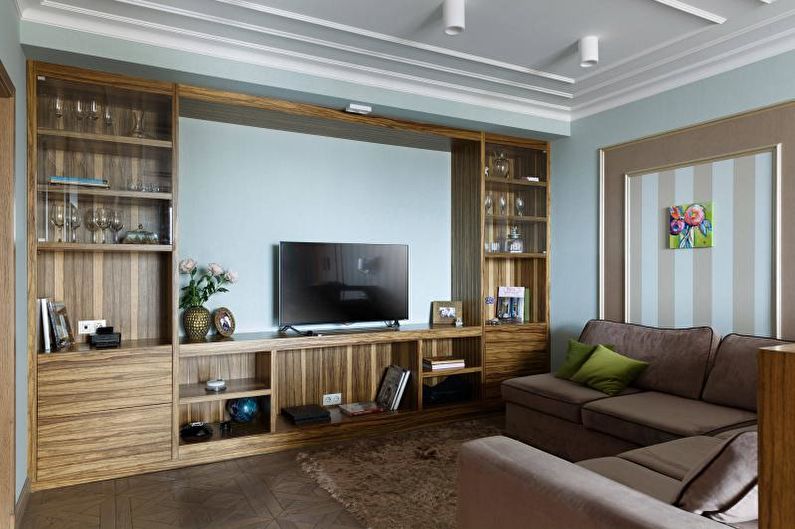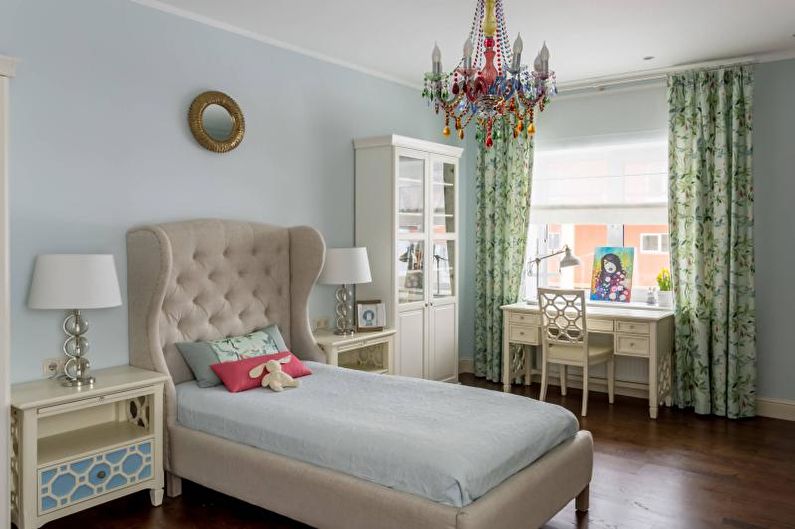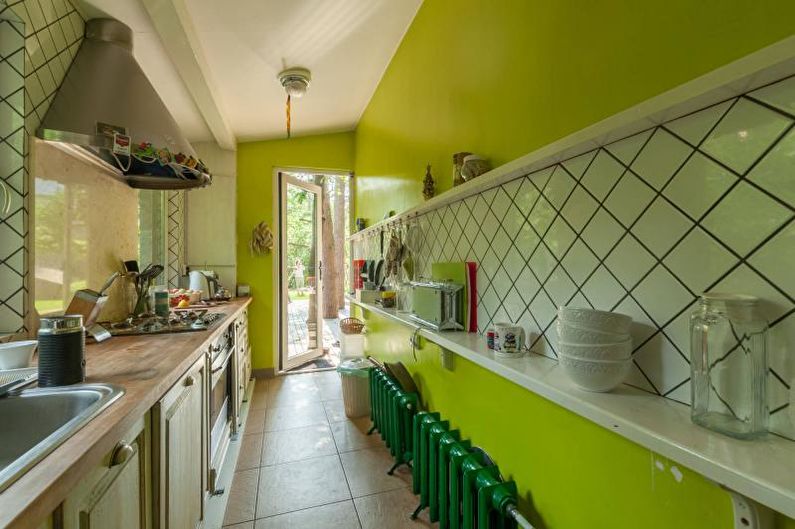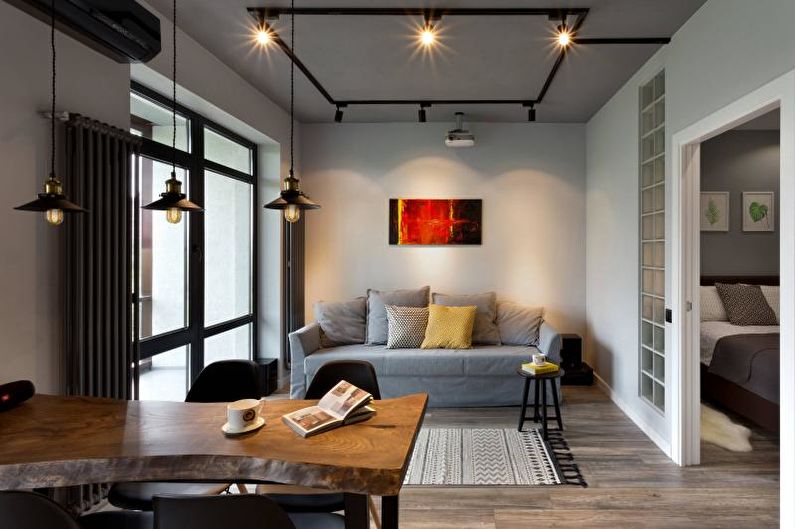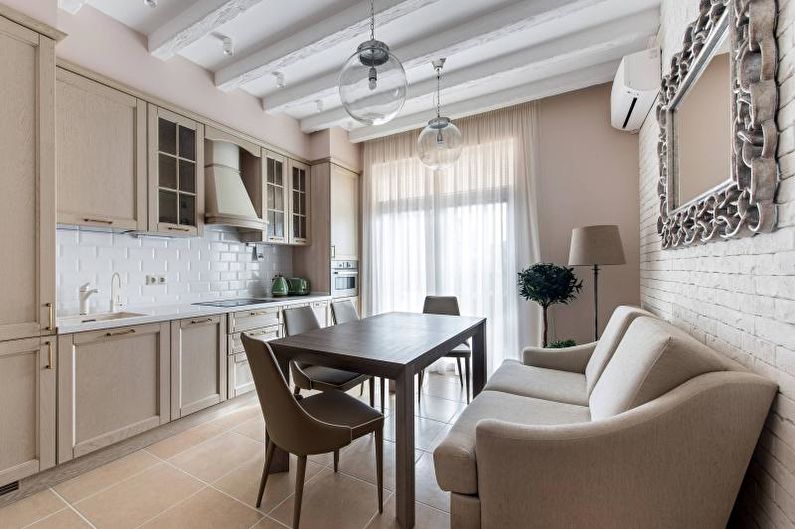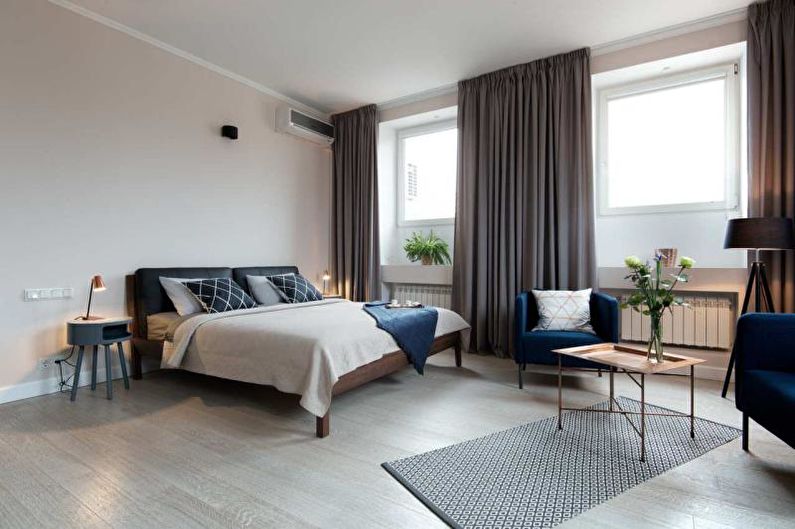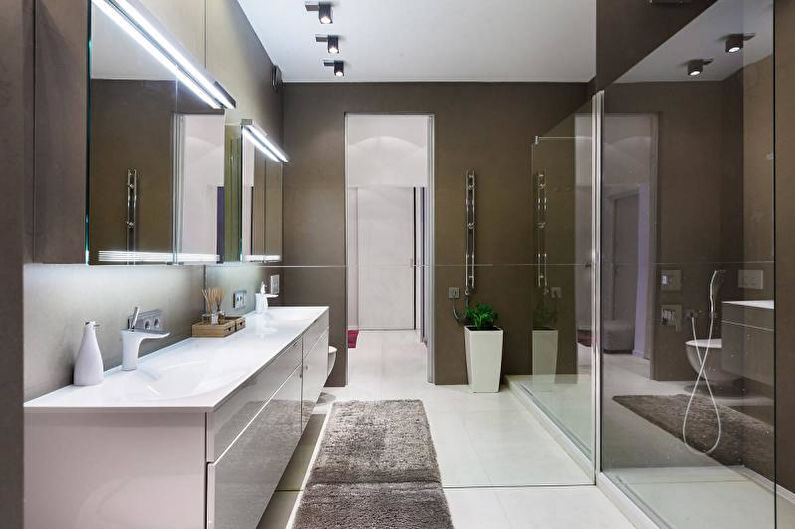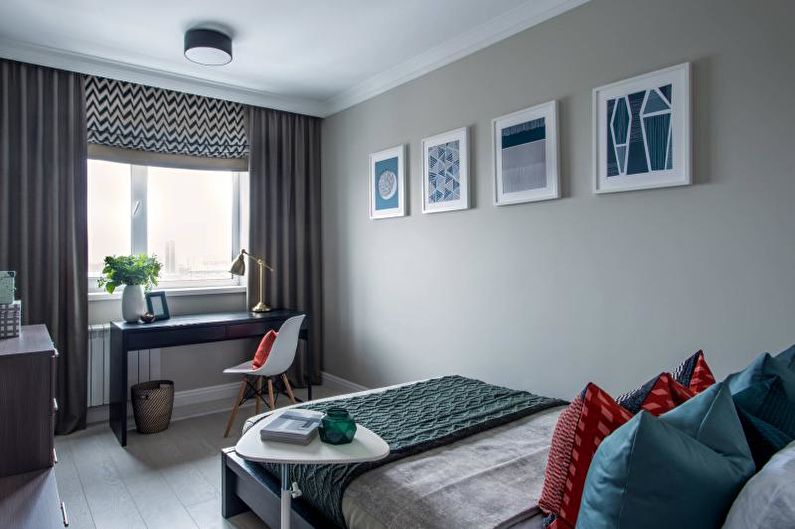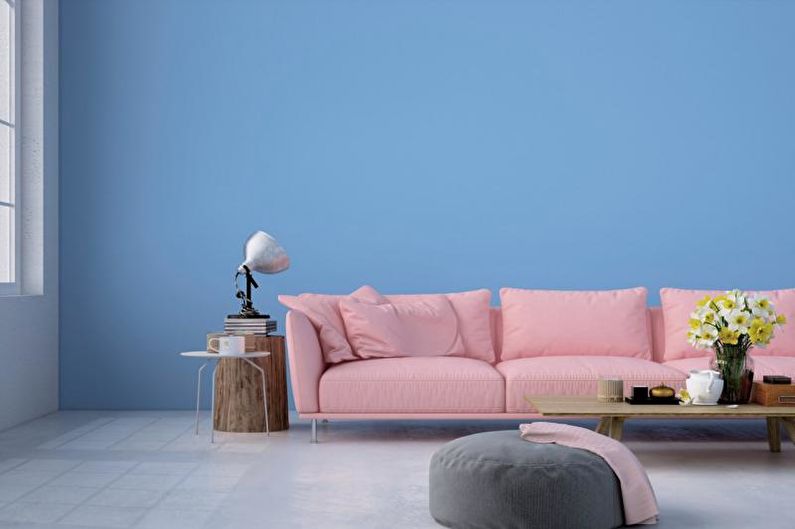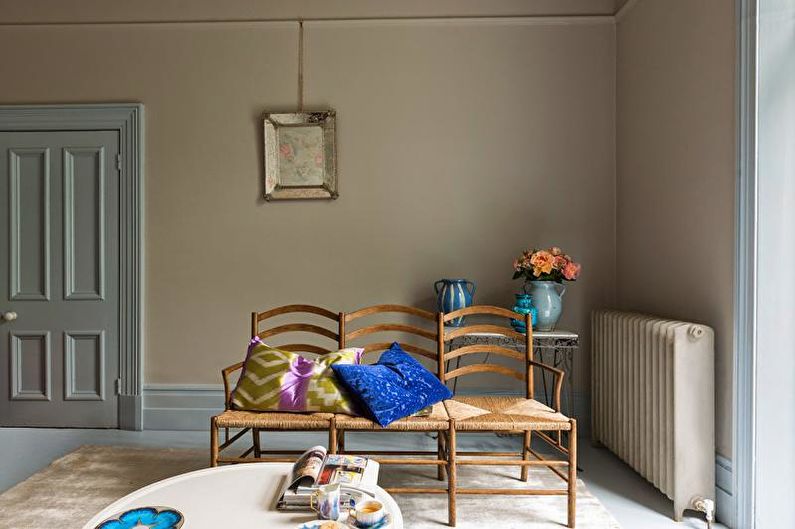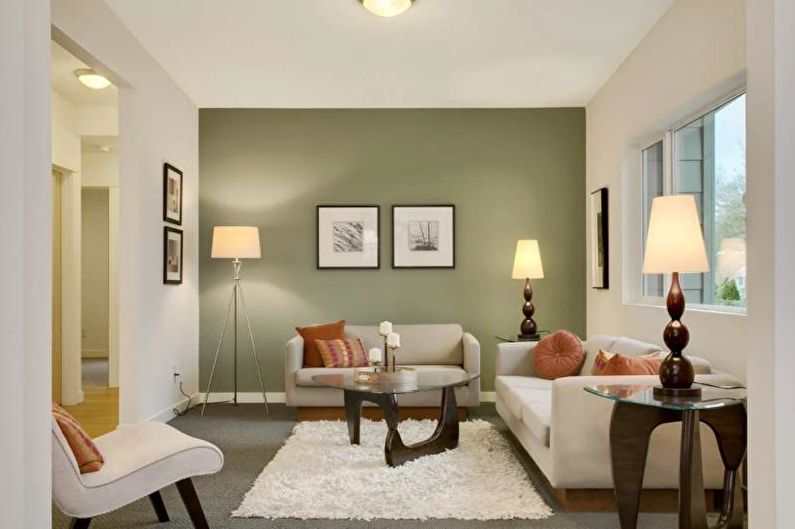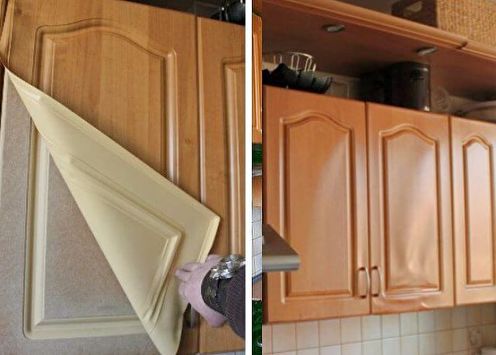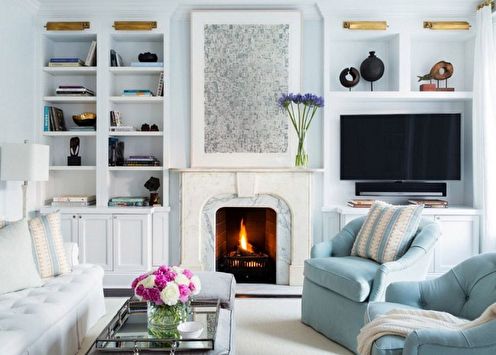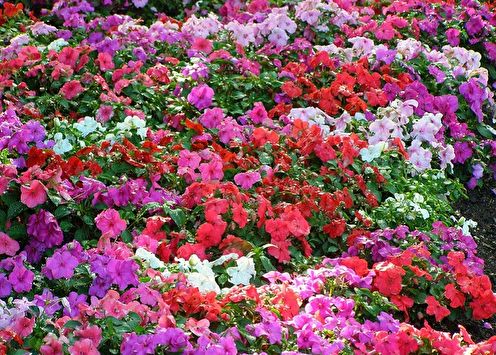
Painting work is an obligatory step of almost any repair. Finishing with water-based paint is very popular. This is due to its excellent characteristics along with an affordable price. The modern market for finishing materials is replete with a huge selection. We suggest studying the quality of this coating together and choosing suitable options.
Key Features
The paint is easy to use, it is a great alternative to many materials for walls and ceilings. The emulsion has several advantages:
- Quickly dries in comparison with other types of paint;
- Very safe and harmless material. The mixture is created without the use of harmful substances, therefore it is used even in hospitals and facilities for children;
- The paint is free from pungent odor. A freshly painted room emits a certain aroma that does not irritate the sense of smell and completely disappears from the room for several weeks;
- The composition is really universal - suitable for coloring living rooms, bathroom and kitchen;
- Painting takes place without much effort, this finishing material evenly and well lays on various surfaces. The tool is perfectly cleaned, unlike oil paints.
Of the main disadvantages, we can only highlight the need to adhere to a certain temperature when carrying out painting work. For water-based paint, it should not fall below + 5C, otherwise the layers will not lie evenly or the paint will peel off.

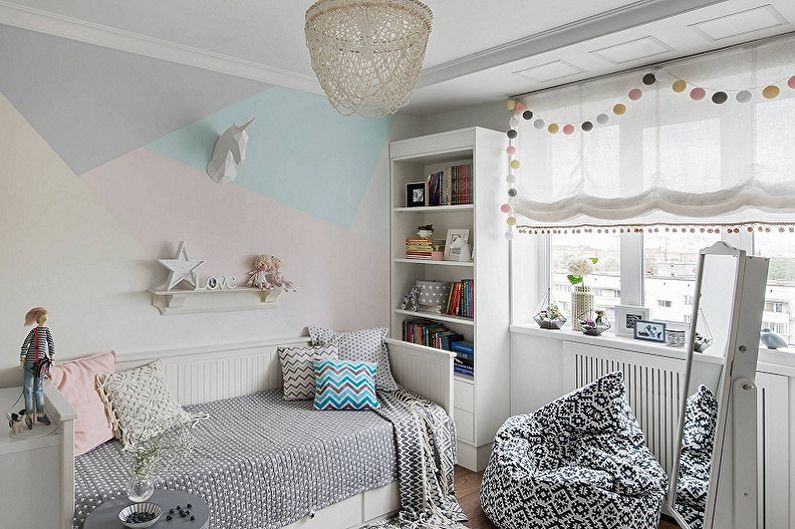
Technical characteristics of water-based paint
The coating has specific characteristics that should be considered when choosing a finishing material.
1. Features of the composition. The paint consists of a group of antiseptics, latex, thickener and a specific filler.
2. Very viscous material. The indicator depends on the required amount of water to get the right mixture.
3. Dries quickly enough. At the right temperature in the room, the paint dries in just 2-12 hours. Ideal conditions are 20 degrees Celsius and about 60% humidity.
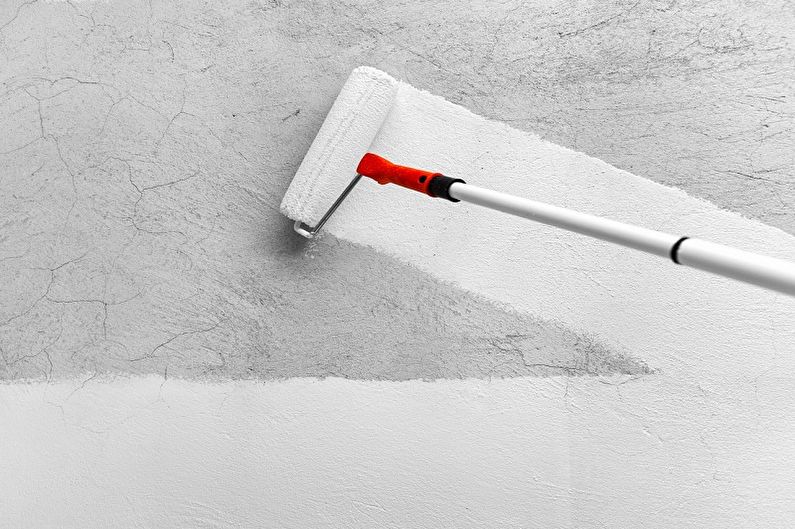

Types of water-based paint
Paint is presented in several forms, each of which has its own characteristics, advantages and disadvantages. Let's talk about them in more detail.
Acrylic water-based paint. The most popular type of emulsion based on acrylic resins. Often the composition is supplemented with latex. Such paints do an excellent job with wet cleaning.
A couple of layers of paint of this kind can hide small bumps or cracks. The scope of such finishes is great - wood, brick or concrete, glass and even metal (but with a preliminary primer).
Silicone water based paint. Almost completely similar to the previous option, but in this case, silicone resin is used as the basis.
This type is more expensive than acrylic analogues, which is explained by excellent compatibility with mineral surfaces, as well as the fact that this paint hides more noticeable defects. This is a completely vapor-proof coating that is completely not afraid of various fungi.
Silicate water-based paint. They are made on the basis of aqueous solution and liquid glass with the addition of special pigments. The main qualities that this option is valued for are high resistance to atmospheric phenomena, vapor and air permeability.
Mineral water based paint. The composition is based on cement or slaked lime.It is recommended to use when painting concrete or brick, but it is also used for other building materials. Despite many advantages, the service life of this species is poor.
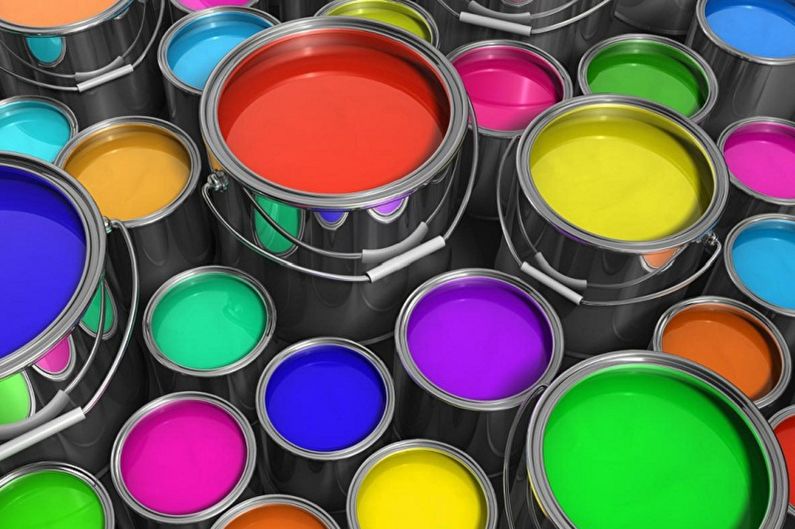
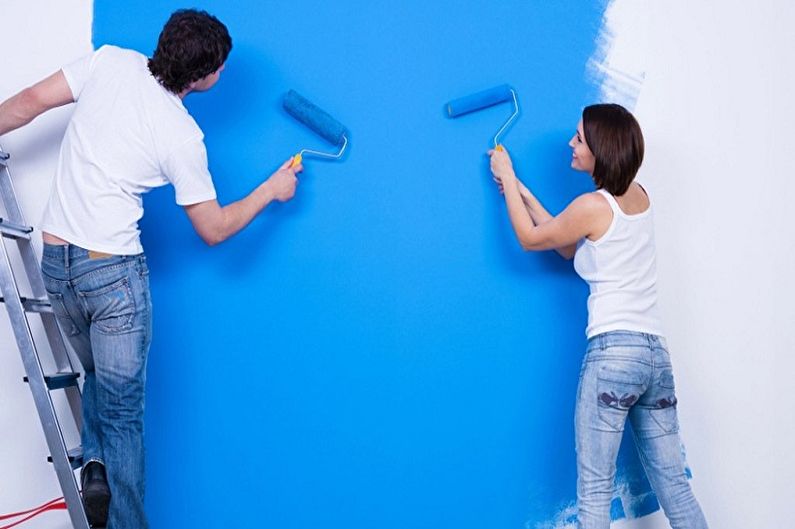
How to choose a water-based paint
Have you decided to stay on a water-based paint to finish your walls or ceilings? In this case, you need to competently approach her choice.
1. Do not rely entirely on sales consultants, because their main goal is to sell goods. Not in every case does the pattern "the more expensive the paint, the better." A separate paint mixture has its own specific tasks.
2. An alternative name for this type of paint is water dispersion paint. Therefore, do not miss the jars with the inscription "VD".
3. Before buying, read the name and instructions from which you can get many statements - consumption, how much it dries and other characteristics. This information will not be redundant.
4. Do not try to save too much on paint material, as the market is filled with fakes.
5. High-quality water-based paint is always snow-white. Special pigment mixtures, which are purchased separately, will help to add her color.
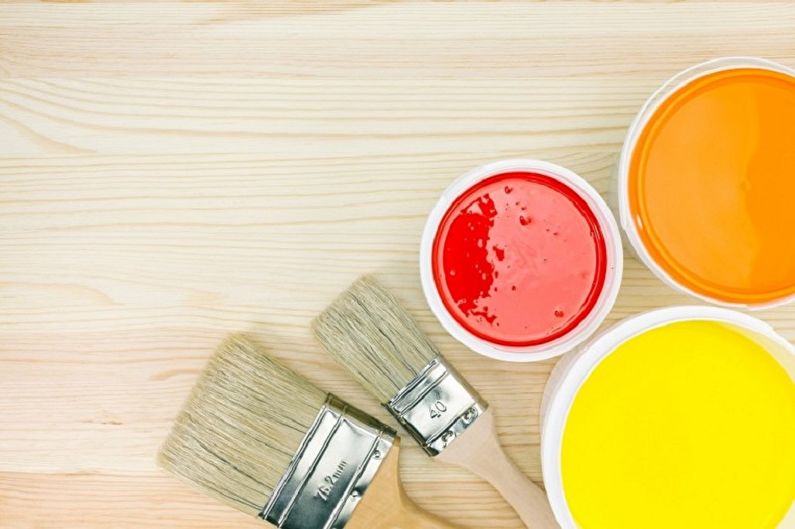
How to choose a color
As you already know, the emulsion coating is always white. Several methods are used to give color. You can colorize it using a special device or manually. Coloring service is available at many points of sale. You only need to choose the right paint and the desired pigment. Next, the specialist kneads the mixture, and it will find the necessary shade.
If you have not found a suitable store where they will provide this service or decided to do everything yourself, then the algorithm is quite simple. Get a coloring pigment and mix it with the base using a construction mixer. This is done as follows: in a small container, the paint is mixed with pigment and gradually added to the main can. Such actions will help to achieve a perfect and uniform color.
Before applying directly to the wall, test the resulting mixture in a small and inconspicuous area. Let it dry completely and evaluate the result. This will allow you to understand how the tone actually looks, since in liquid form the mixture is much brighter and richer. Be sure to consider how much material you need to prepare for painting the entire necessary area, it is difficult to achieve the same shade, and this requires experience.
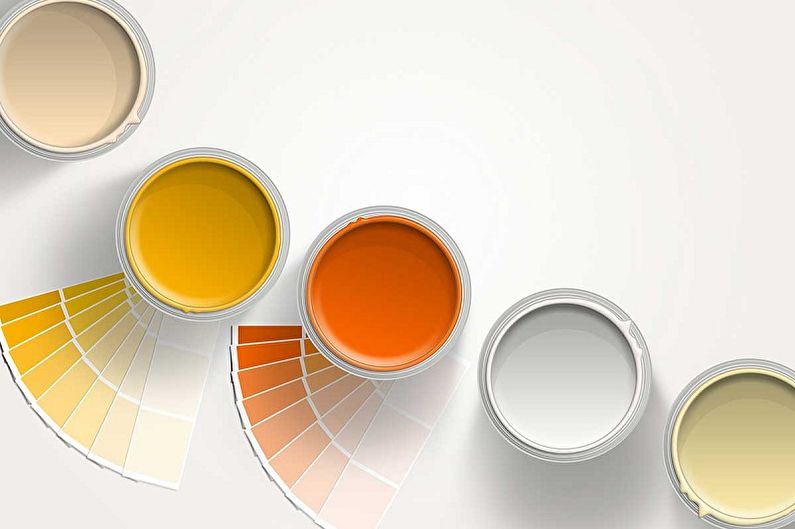
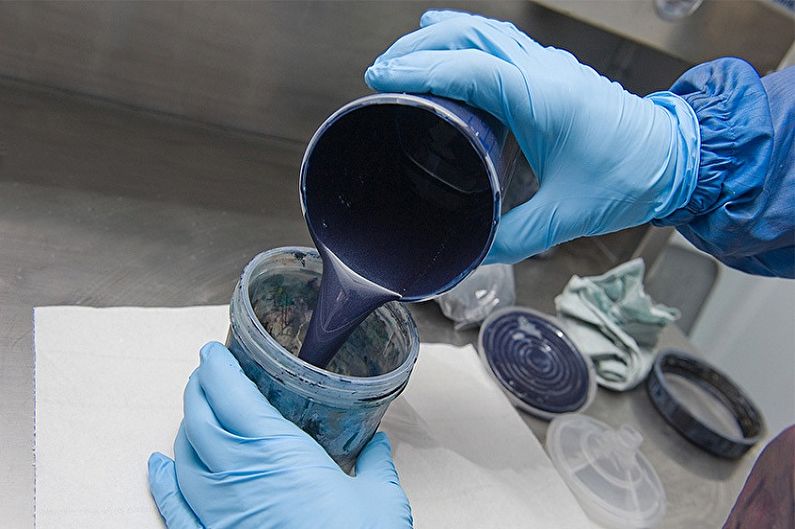
Wall preparation
To paint lay down without streaks and evenly, you need to prepare the walls. For this, plaster, primer and putty are used with the use of special finishing materials. Before painting, the walls must be dry, even and solid. This is the guarantee of the correct basis for the emulsion.
Fully inspect the surface to be painted. If cracks or irregularities are found on it, then it is allowed to cover them using alabaster. Traces of grease or mold are removed with an acid or alkaline solution. This type of paint is not applied to previously painted, oil or varnished surfaces, as well as to synthetic materials. Therefore, if the surface was painted or glued with wallpaper, then you need to completely clean it.
Level a wall with significant differences (from 2 cm or more) with plaster, if they are smaller, then putty is used. After this type of work, the wall is sanded without fail, and the dust is removed using a vacuum cleaner or wet cleaning. The plastered area should dry for at least 3-4 weeks, otherwise the water-based paint will not lie on it evenly, and you will not get the desired result.
After completing the preparatory procedures, proceed to the priming work. They significantly reduce the consumption of the coloring mixture, and also improve the uniformity of the applied paint. Do not forget about the time for the walls to dry completely.
If the surface has already succumbed to a fine finish, then it does not need to be primed. Instead, a first coat of paint diluted with water is used.
The above preparatory work allows you to apply the paint evenly, beautifully and correctly.

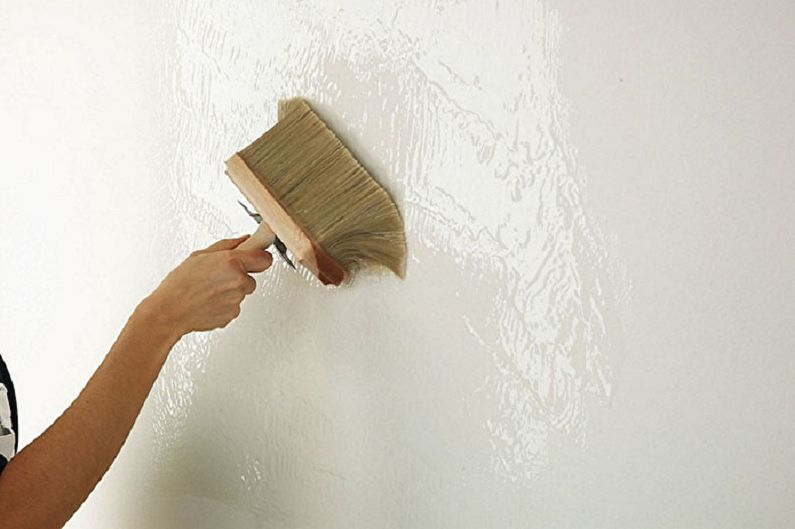
How to apply water-based paint
To apply this type of paint material use rollers, brushes and sponges. Each of these painting tools has its own purpose and useful properties:
- The roller can evenly be applied to walls and ceilings. For a water based paint, choose a medium or long pile, but it should be soft;
- A brush is convenient to paint over corners and hard-to-reach areas;
- The sponge gives an unusual texture.
For convenience, we divide the application process into the following steps:
1. Use a paint tray - it is much more convenient and will save material. Pour a little bit of paint. Brush along the perimeter, and roll the remaining parts with a roller;
2. To improve the quality of the paint application, soak the roller, and then run it on cardboard or paper. This will distribute it evenly across the pile;
3. Start painting from top to bottom. Thanks to this path, you can correct flowing drops in the process;
4. If the surface of the wall or ceiling is covered with finishing plaster, then apply a couple of layers, since the plaster absorbs the paint. Additional layers will make the color fresher and richer;
5. No need to try to apply paint abundantly instead of several layers - this will not allow you to achieve the desired result, but only exacerbate the situation. Better spend more time on 2-3 layers;
6. New layers are applied only after the previous one has completely dried. Fortunately, this type of finish dries quickly. Keep layers away from dust and debris.
Emulsion painting work is a fairly simple task that does not require professional skills. The main thing is to choose the right paint, which will correspond to the room and environmental conditions. Do not try to do it quickly, do it carefully, and the result will undoubtedly please you!
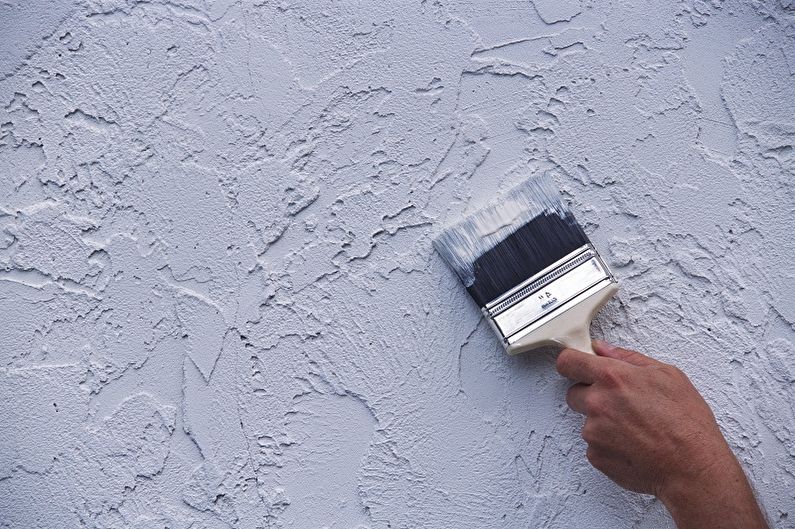
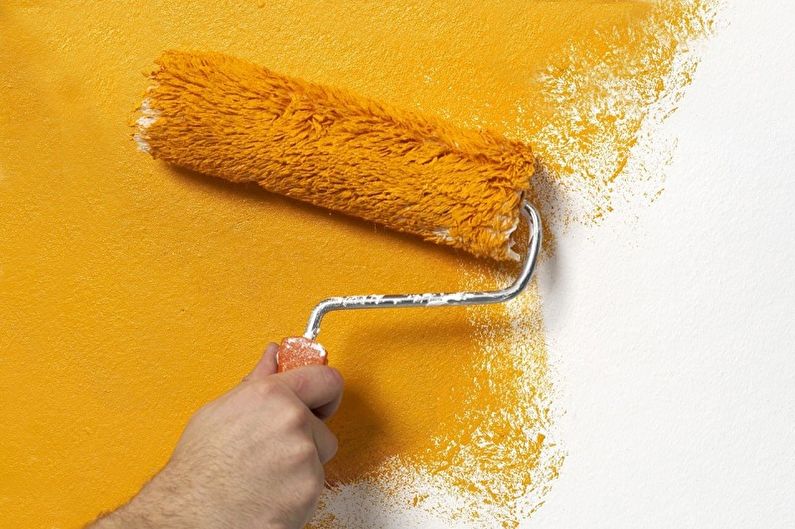
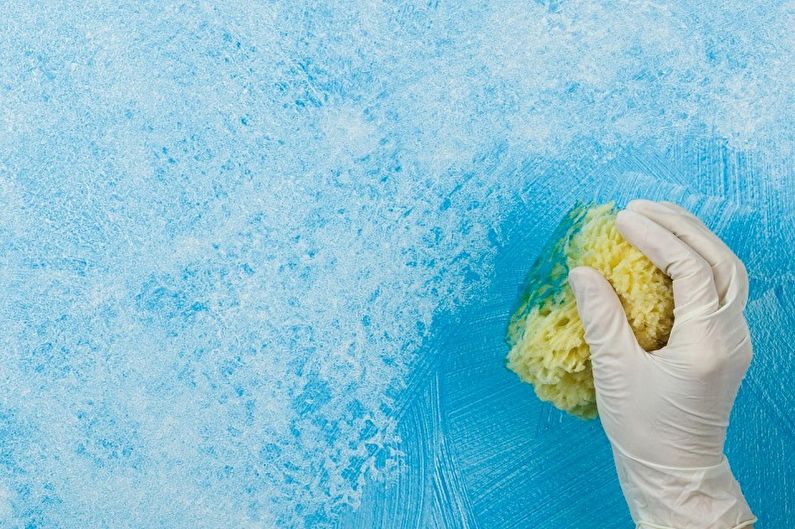
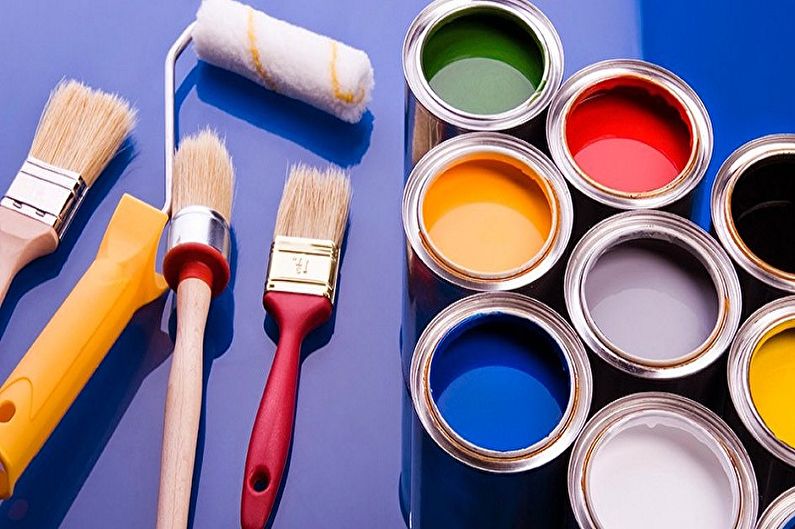
Water-based paint in the interior - photo
We have collected many beautiful and unusual examples of the application of this type of finishing material. Now that you are familiar with its features, qualities and characteristics, it will be much easier for you to understand this huge variety of design solutions.
